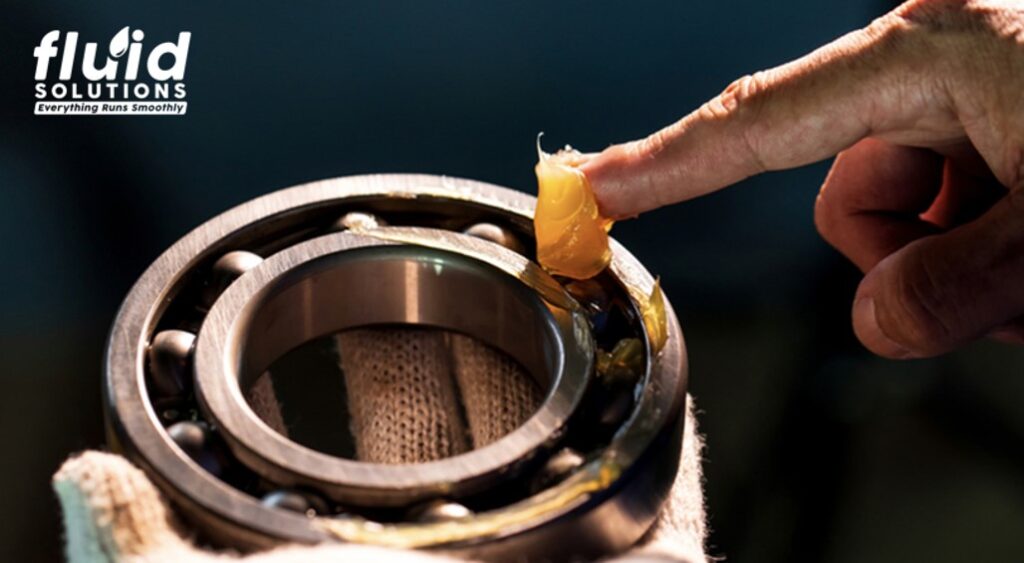
Among the myriad factors influencing lubricant degradation, oxidation stands out as a significant challenge. In this comprehensive guide, we delve into the critical topic of oxidation and oxidation stability in industrial lubricants, exploring the mechanisms behind degradation and strategies to bolster stability.
Unveiling the Importance of Lubricants
The Role of Lubricants in Machinery
Lubricants keep machines in motion, ensuring efficient interaction between components. However, the natural process of oxidation poses a formidable threat to their effectiveness and longevity.
Understanding Oxidation: A Double-Edged Sword
Oxidation, a chemical reaction triggered by the exposure of lubricants to oxygen, is both inevitable and detrimental. Factors such as high temperatures, moisture, and catalysts such as copper accelerate this process, leading to degradation and diminished performance.
Oxidation and Its Telltale Signs
a. Symptom 1: Higher Viscosity
One of the earliest indicators of oxidation of oils is a noticeable increase in viscosity. As lubricants degrade, their molecular structure undergoes changes, leading to a thicker consistency that hampers their ability to flow smoothly and provide adequate lubrication, including grease lubricant.
b. Symptom 2: Darkening of Color
Another telltale sign of oxidation stability of lubricants is the darkening of the lubricant’s color. The accumulation of oxidation by-products and impurities contributes to this phenomenon, altering the visual appearance of the lubricant oil and signaling degradation.
c. Symptom 3: Increase in Acidity
Oxidation also leads to a rise in acidity levels within the lubricant. As chemical reactions occur, acidic compounds are formed, resulting in a shift in pH levels. Monitoring acidity is crucial, as excessive levels can corrode metal surfaces and compromise machinery integrity.
d. Symptom 4: Formation of Carbon Deposits or Sludge
The presence of carbon deposits or sludge is a clear indication of advanced oxidation. As lubricants degrade, solid particles and contaminants accumulate, forming deposits that can clog filters, impede fluid circulation, and accelerate wear on machinery components.
The Implications of Ignoring Oxidation
Failure to address the signs of oxidation promptly can have serious consequences for machinery and operations. Increased friction, component wear, reduced efficiency, and unexpected downtime are just a few of the challenges that businesses may face if oxidation is left unchecked.
Shields Against Oxidation
a. The Role of Synthetic Lubricants
Synthetic lubricants, such as Poly Alpha Olefins (PAO) and Esters, are normally more oxidation resistant than mineral-based oils, and hence, can perform as a lubricant for a longer duration. Anti-oxidation additives, on the other hand, are blended with base oils, both mineral-based and synthetic, to increase oxidation stability or oil-life.
b. Harnessing the Power of Additives
Anti-oxidation additives play a pivotal role in enhancing oxidation stability and extending the lifespan of lubricants. By incorporating these additives into both synthetic and mineral-based oils, manufacturers can fortify their products against the ravages of oxidation.
c. Evaluating Oxidation Resistance: The RPVOT Test
Tests such as the Rotating Pressure Vessel Oxidation Test (RPVOT) may be performed to predict the oxidation resistance of various lubricants. A lubricant is placed in a chamber with a copper catalyst, and vacuumed, after which pure oxygen is blown through the chamber. Natural and blended antioxidants in the lubricant will resist the exposure to pure oxygen, but once depleted, the oil will react with oxygen, and the pressure in the vessel will eventually drop. The number of hours it takes to reach the pressure drop is then recorded. Oxidation rate, measured in number of hours, becomes useful in comparing the oxidation stability of various lubricants, and can be a criterion in lubricant selection.
In conclusion, oxidation resistance and stability are paramount considerations in lubricant selection, directly impacting performance and longevity. By understanding the mechanisms behind oxidation and implementing proactive strategies, businesses can mitigate risks and prolong the lifespan of their machinery. With Fluid Solutions as your trusted partner, you can navigate the complexities of industrial oil lubrication systems with confidence and peace of mind.
Partnering for Success with Fluid Solutions
At Fluid Solutions, we stand at the forefront of industrial lubrication solutions, offering a diverse range of products engineered for superior oxidation resistance and stability. With our expertise and commitment to quality, we empower businesses to safeguard their machinery and optimize performance.
Contact us today at (02) 8370 5928 / (0917) 894 9156 or via email at inquiry@fluidsolutions.com.ph to discover tailored lubrication solutions that meet your specific needs and challenges.


